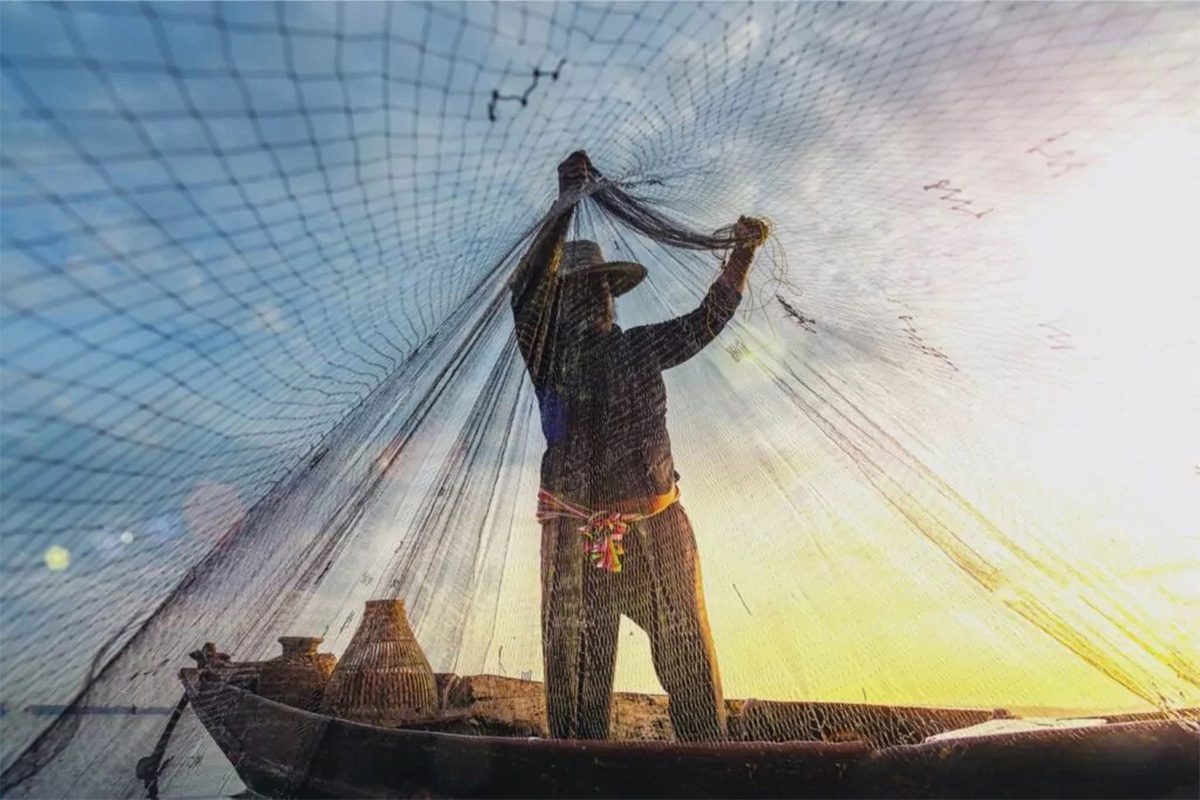
Traditional net fishing from a boat
80% of the earth’s biomass is concentrated in the oceans. But how do we put a value on the deep sea? As the concept of natural capital — putting a price tag on the services nature provides — enters the mainstream, ocean expert and activist Karen Sack tells LUX Editor-in-Chief, Darius Sanai, why valuing nature needs to encompass more than just the dollar sign
Sack has over three decades’ experience in ocean conservation, law and policy, and currently serves as Chief Executive of Ocean Unite (co-founded with Richard Branson and José María Figueres) and Executive Director of the Ocean Risk and Resilience Action Alliance (ORRAA). Here, she explains why the time has come to incorporate ocean measurements into sustainability metrics, and how nature-based solutions should be at the forefront of any ocean investment strategy
Follow LUX on Instagram: luxthemagazine
LUX: The concept of natural capital — of nature having value in and of itself — has historically been ignored. Why is it important?
Karen Sack: I do think it’s important, but we need to be careful not to reduce nature’s value to just a monetary value. The reason we have to put a value on nature is so that we can understand and incorporate it into the economic system that we all exist within. While, for me, this in some ways runs contrary to what we want to do – we want to just value nature in and of itself — we still need to incorporate nature into our valuation system. If we don’t, we will very quickly have to pay the consequences. We already are seeing this in terms of what is happening with the climate crisis.
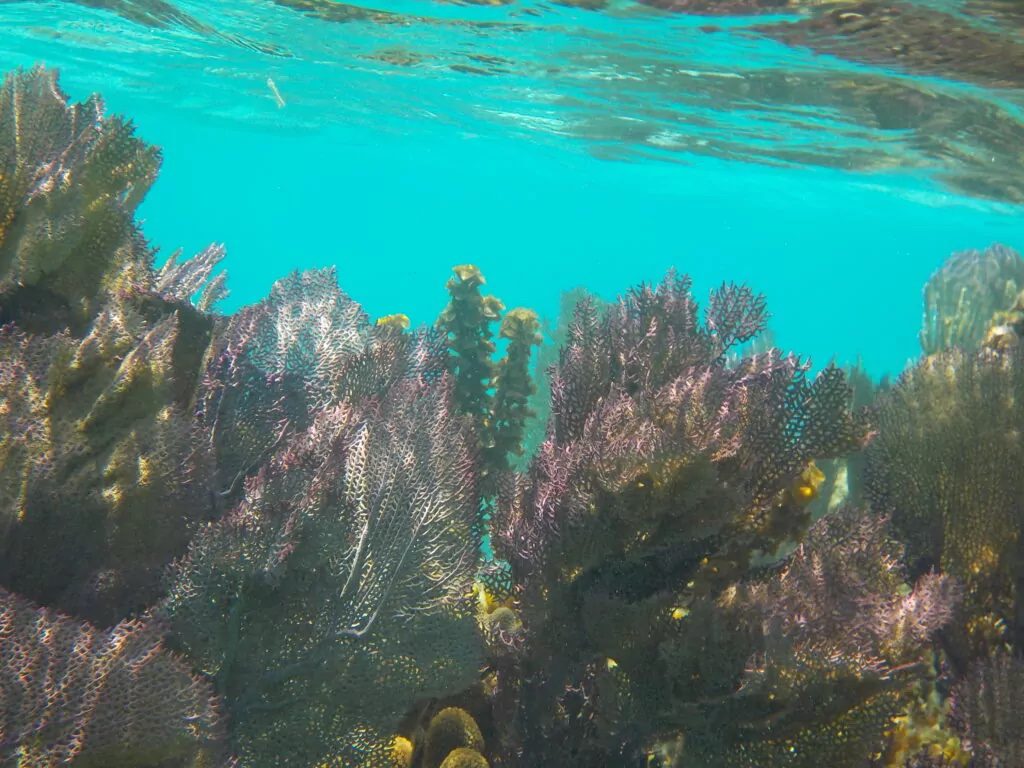
Fan Corals in Belize Barrier Reef
LUX: Can investment in ocean conservation be furthered by investment in the private sector?
KS: We need to blend together different types of finance to focus on the ocean’s protection. One of the issues that has arisen recently is how we account for the costs of marine protection. We’re focusing a lot on the question of what it costs in terms of potential revenue in terms of fisheries and other lost revenues. Yet we don’t apply that same standard when we think about providing a fishing company with a licence to fish; we don’t price those costs into that fishing licence. The private sector has been very involved in the extractive activities that take place in the ocean, and in some ways have been subsidised quite substantially by the public sector, so that those activities can continue.
The role of philanthropy in the ocean space is oftentimes to kickstart some of these discussions, to act as a springboard for investment from other areas. And oftentimes that’s what we need to paint the picture, so we understand the benefits of investment from the private and public sector.
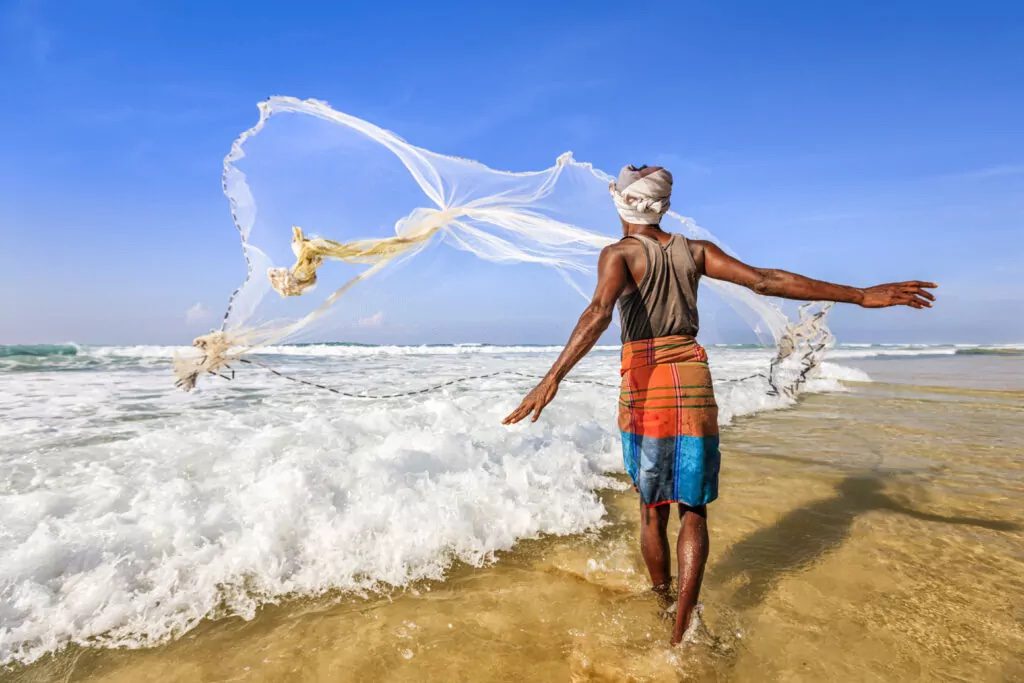
Sri Lankan fisherman throwing a fishing net near Mirissa
LUX: When people speak of the blue economy, there might be an assumption that it is inherently sustainable. But the term can also encapsulate bottom-trawling and oil extraction.
KS: It has to be further defined. The Stockholm Resilience Centre has coined an interesting term: it talks about the development of the blue economy as a ‘blue acceleration’. If you look at different sectors of the economy that are investing in this space, you can see how lopsided and inequitable some of that development is. For example, small island developing states have protected something like 13% of all marine protected areas, which are in small island developing states. We call them ‘big ocean states’, because they have these amazing ocean real estate areas. That’s huge, yet the investment from other sectors of the economy, for example aquaculture, has been located within those small island development states.
Renewable energy is another example of where there has been a 500-fold increase in investment in offshore renewables over the past 20 years. Not one of those wind shore turbines have been located in a small island developing state. That is just so indicative of the lop-sidedness, because those countries require diesel fuel to be imported and yet are the most vulnerable to climate change.
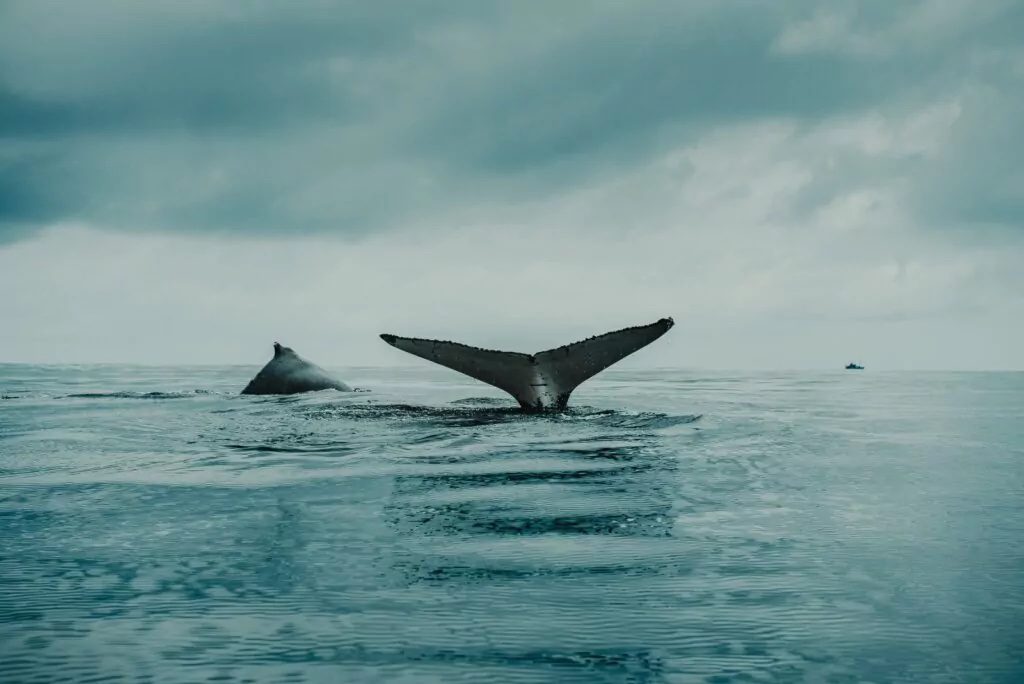
A Humpback Whale
LUX: Does there need to be consolidation of a single set of rules and definitions for companies, investors and governments to follow?
KS: There needs to be a standardised accounting methodology that’s used, so that when you’re looking to invest in a space, you understand that that standardisation has happened. Otherwise, the opportunity for greenwash or bluewash is very high, and something that we have to guard against. It’s just too easy right now to argue that your investment is sustainable without those standardisations being in place to show that it truly is.
LUX: How does one measure the effect of either one’s donation or investment in sustainable terms?
KS: Right now, it’s very difficult to say there is any kind of comparability between, for example, one scheme that invests in seagrass to capture carbon and promote biodiversity, via another one in coral reefs. It’s what people are most interested in investing into at the moment. We understand the difference between the level of impact from a storm surge that a healthy coral reef can deflect versus a mangrove. But comparing ecosystems with one another is really difficult: it would be the same as comparing the carbon sequestration potential of the Savannah to a cornfield in Montana.
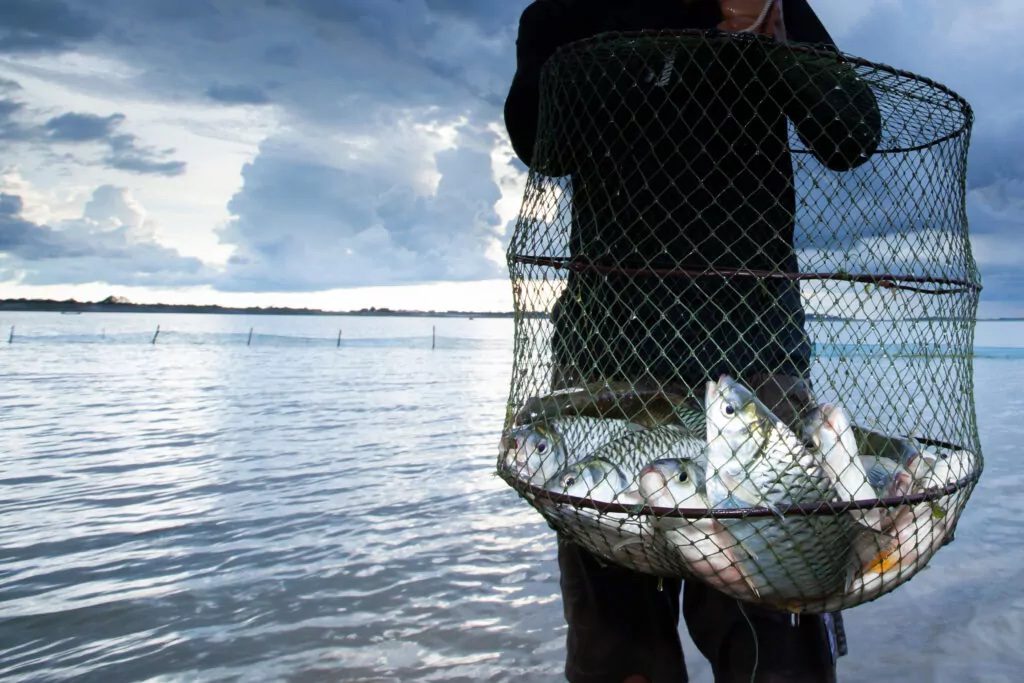
A fisherman holding a shoal of big Common Silver Barb
LUX: What needs to happen in terms of legislation and the way large institutional investors behave?
KS: We need to incorporate ocean measurements into some of the tools the financial world now uses when they measure their sustainability metrics. We don’t want to have some completely separate ocean-based metrics. For initiatives like the Taskforce on Nature-related Financial Disclosures (TFNFD), we need to incorporate the ocean into that. We need to look at some of the taxonomies that are being created for example by the European Union, and ensure that it is not completely different from whatever is created in the US or in other countries around the world, or in China. And then a focus on innovation, and the types of KPIs that need to be developed. So this is all beginning to happen, it’s a very fast moving space, but right now it requires certainly scientific advice and a lot of listening.
LUX: Will blue economy investment always be a kind of blended opportunity, or is it something that is seen as a P&L play?
KS: With the Ocean Risk and Resilience Action Alliance, one of the initiatives that we are working on is the development of what we are calling a Sea Change Impact Financing Facility (SCIFF). When, a couple of years ago, we started doing some work on financing, we asked some partners to look at what was needed to increase investment. We found that we needed a whole new ocean finance ecosystem. Spaces that are particularly important include the coastal ecosystems, the seagrass beds, the coral reefs: places that are helping to both be nurseries for biological diversity, sequestering carbon and providing food security for coastal communities. So if you don’t have that surrounding ecosystem, that is literally money down the drain. That will probably require blended finance, and looking at things such as the development of blue carbon credits. Then we need to look at how to drive the big investments into the space, and ask what type of equity capital we need to drive big investments. I mentioned offshore renewables, an amazing opportunity for investment that is still seen as quite risky.
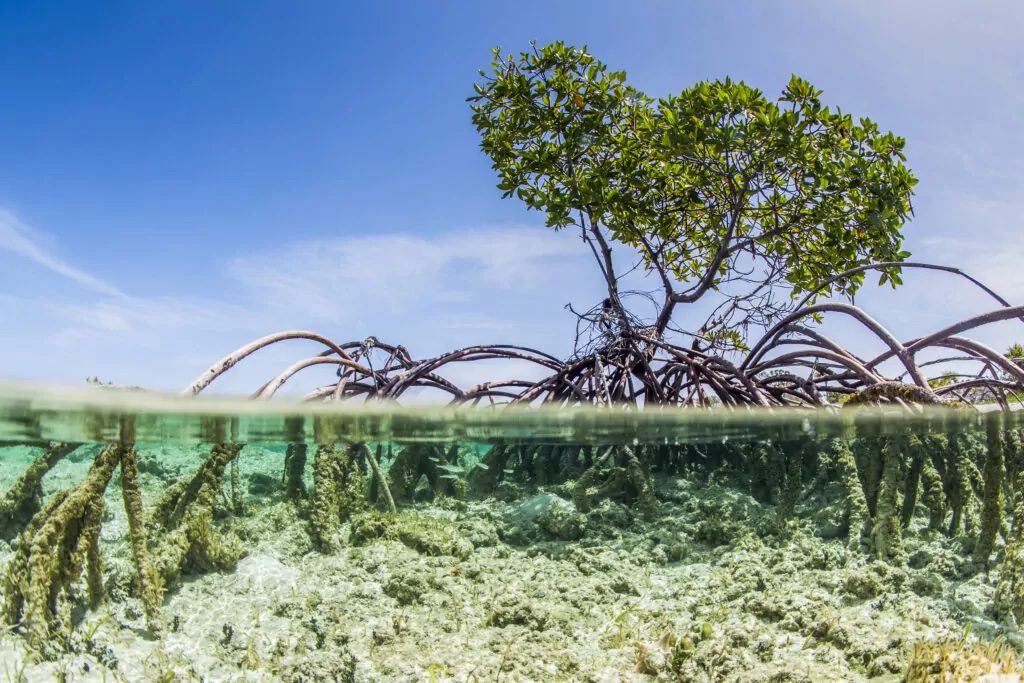
A mangrove tree in clear tropical waters near Staniel Cay, Exuma, Bahamas
Thinking about greening shipping, it is a huge emitter of CO2 but 80% of our trade in the world travels by ship. So how do we transform our ports and harbours, so they both have the infrastructure for green shipping? The third piece is what we call the ‘risk wrappers’. These are the public sector guarantees that can lower the risk of some of those opportunities for investment and drive public sector capital into the space. But if we’re looking at developing countries, and small island developing states, that’s not where the private sector is going. So how do we drive investment into some of those projects, and reduce transaction costs? Those are some of the issues we need to tackle as we move this new ocean financial ecosystem forwards.
LUX: Should nature-based solutions be the most important focus of investment currently, or one of many?
KS: From my perspective, nature-based solutions should be at the core of an investment strategy when it comes to the ocean. We’ve got 80% of the biomass, 80% of life on earth is held within the ocean. It doesn’t cost a lot, but the returns are incredible. We should be supporting, particularly for small-island developing states, and developing countries, investments into nature again for the reasons of resilience, food security, biodiversity positive outcomes, and also carbon sequestration. The more life we have, the stronger the carbon carrying capacity is. We also know that these are tested, as nature has been adapting for millennia. We need to learn from nature, and this is where we are seeing the results of that investment into nature being so significant.
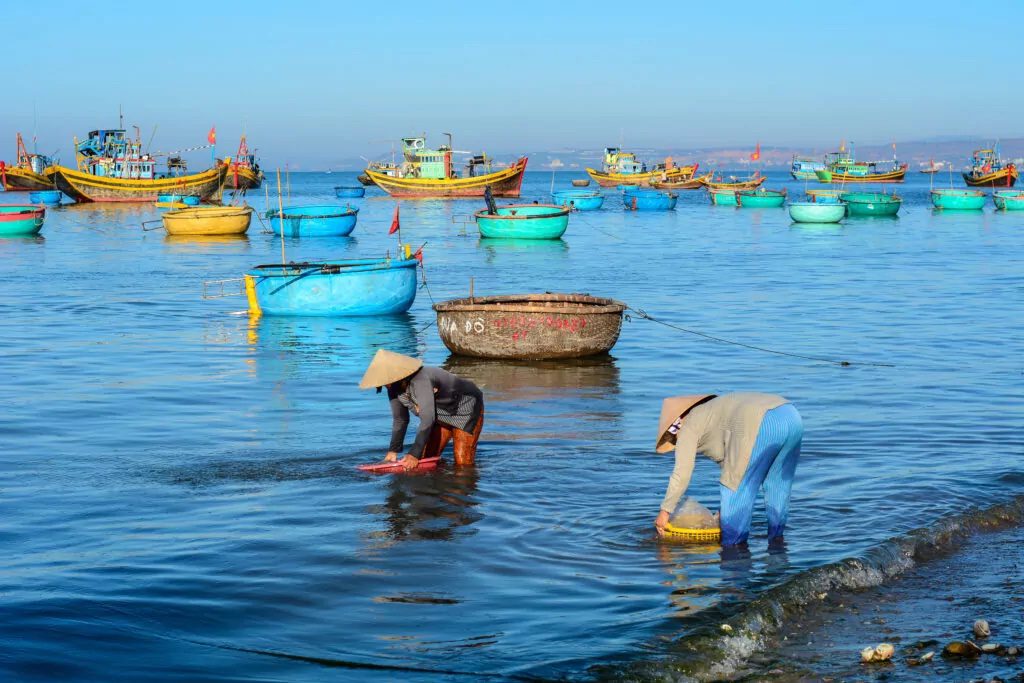
Local women working in a fishing village
LUX: Do you see abating ocean industries as all part of the same investment parcel? Is it better for an institution to invest $500 million in a scheme that makes ships more hydrodynamic, or to invest in mangrove planting?
KS: The thing that is impacting the ocean the most right now is our CO2 emissions. So, any kind of investment that gets us to net zero as quickly as possible is helping the ocean. That is key. We must then look at the risk multipliers, for example pollution, whether it’s wastewater or nutrient runoff. These are not sexy things to invest in, but a sewage treatment plant can make the difference between a coral reef that survives and one that does not.
Read more: Melissa Garvey On Saving The Oceans
Bottom trawling is a fundamentally destructive fishing practice. Investments into things like bottom-trawling should just not happen. Offshore oil and gas is another one. So: stopping some investments to begin with. Next, investing in getting to net zero as quickly as possible. Third would then be looking at investments, particularly in coastal areas that are biodiversity positive in terms of their net result, so that we can rebuild those ecosystems.
It’s interesting to look at some of the work that’s now being done on technological solutions to address the climate crisis. We know, for example, that in a marine protected area that’s fully protected, the increase in biomass over 10 years can be 400% or even higher than that. I can’t think of a bank where I would put an investment in and get a 400% return on that investment, but nature gives us that. So, looking at those kinds of investments is really impossible. And that goes back to the question of valuing nature and understanding that that value isn’t just in the dollar value.
Karen Sack is Chief Executive of Ocean Unite and Executive Director of Ocean Risk and Resilience Action Alliance (ORRAA)
Find out more:
oceanriskalliance.org
oceanunite.org
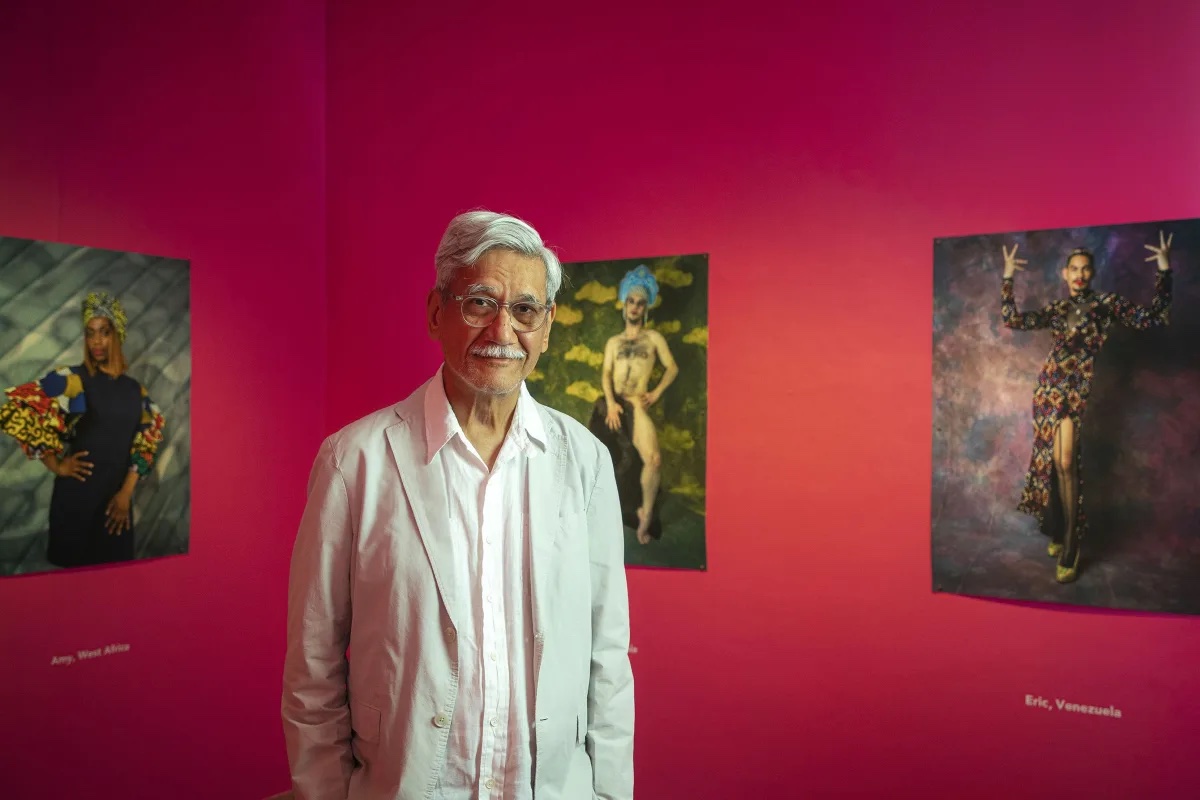
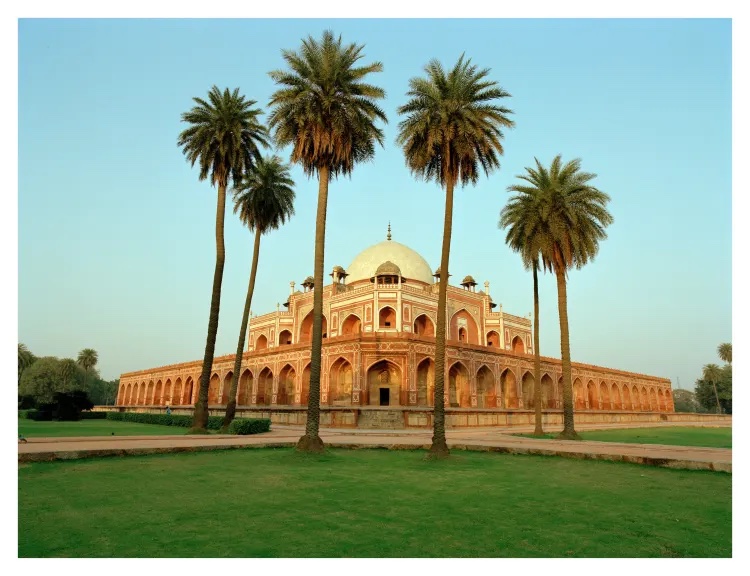

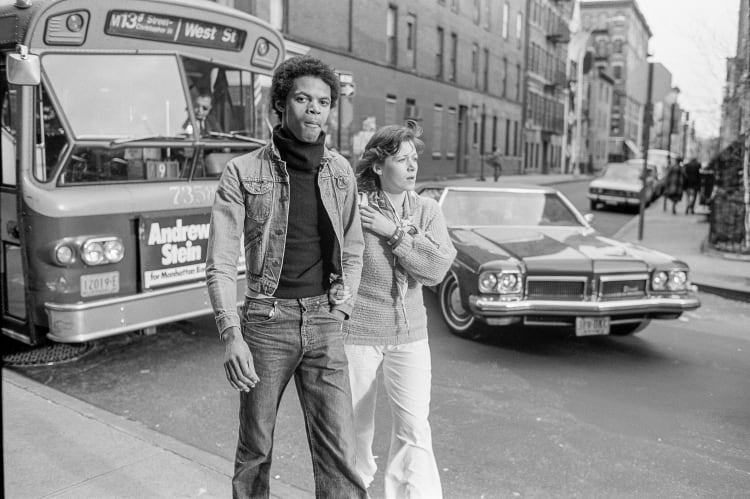
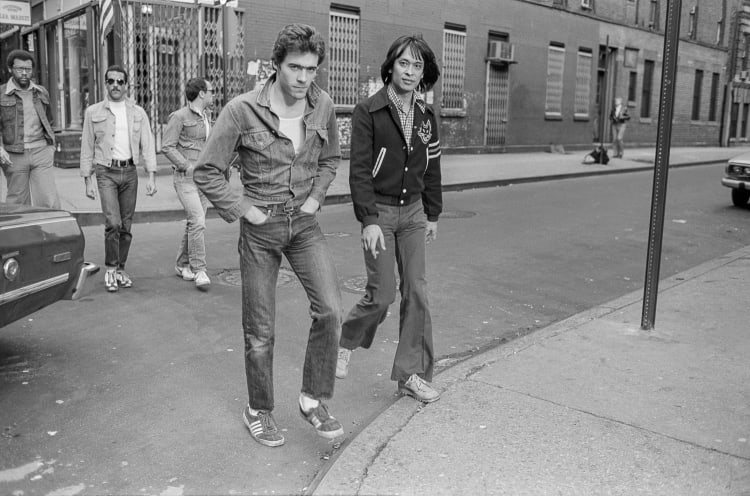
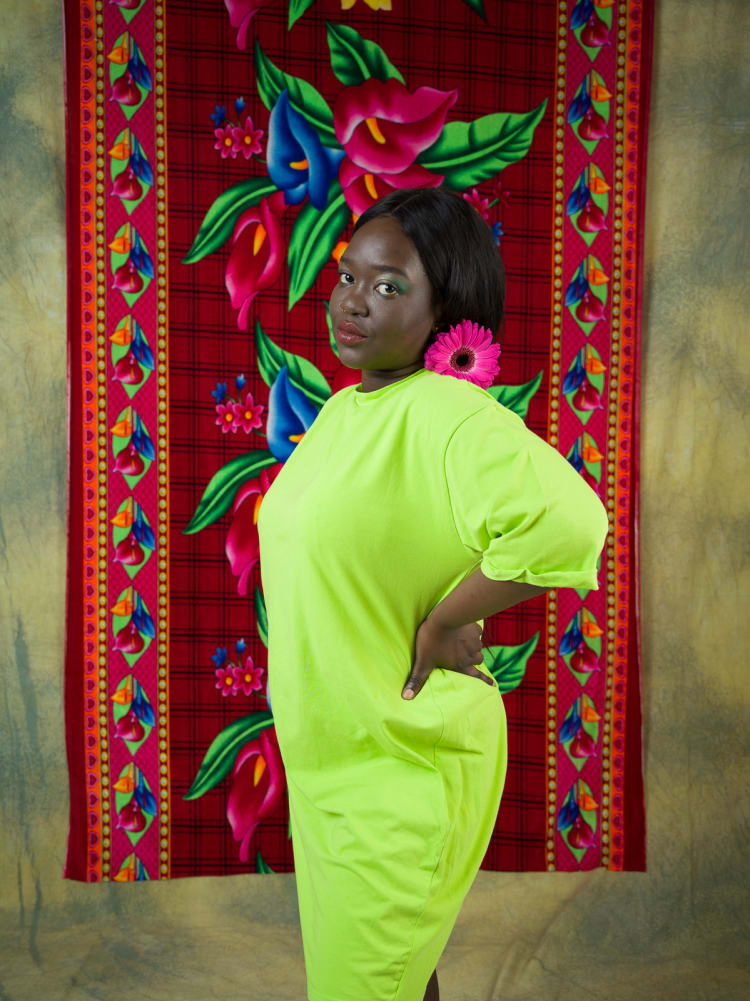
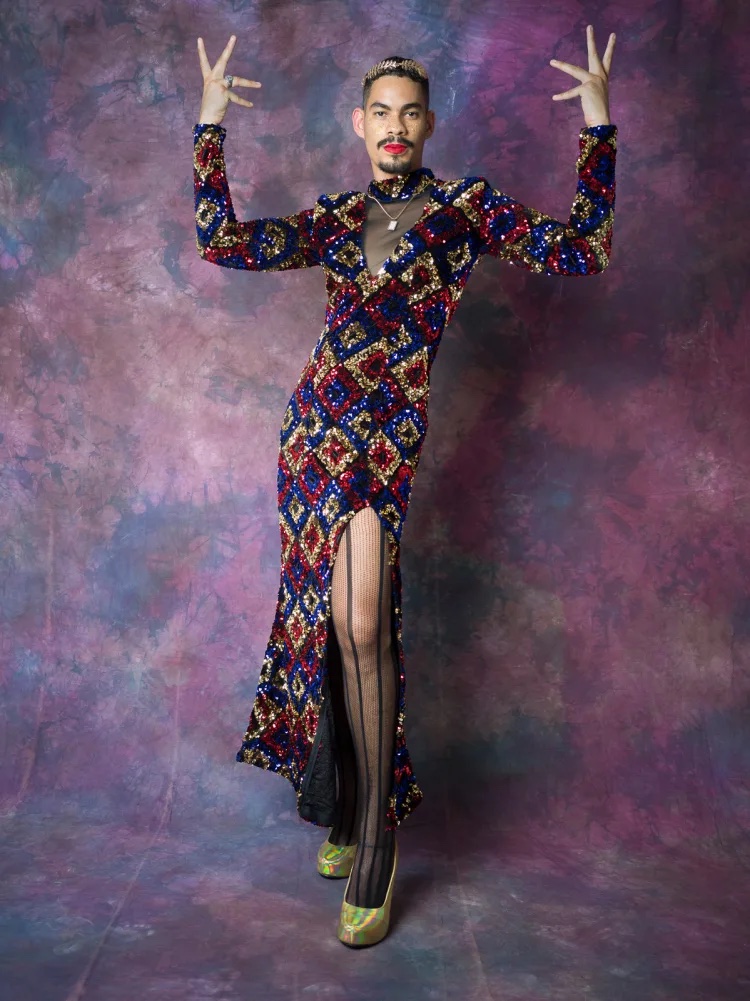
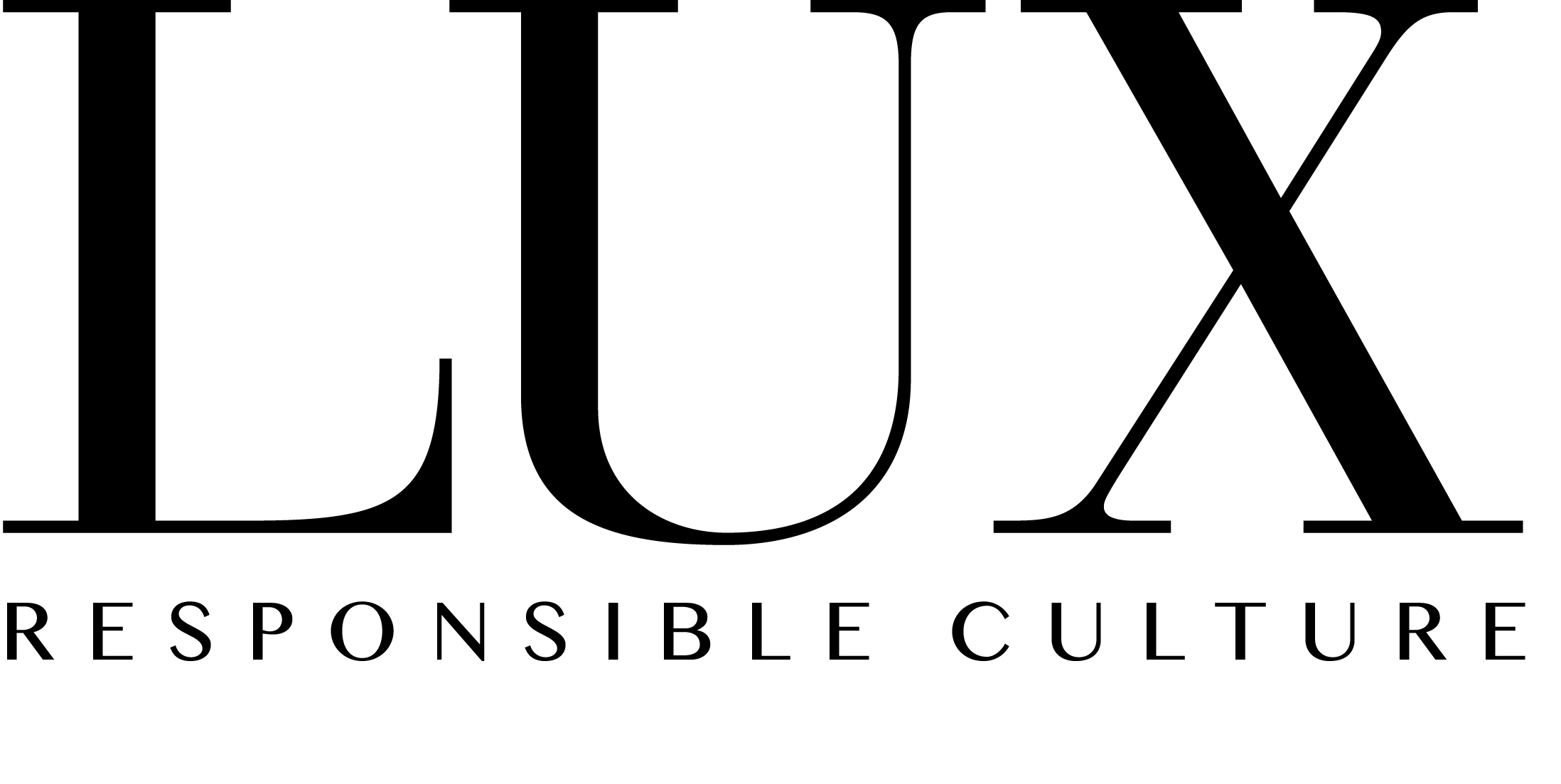

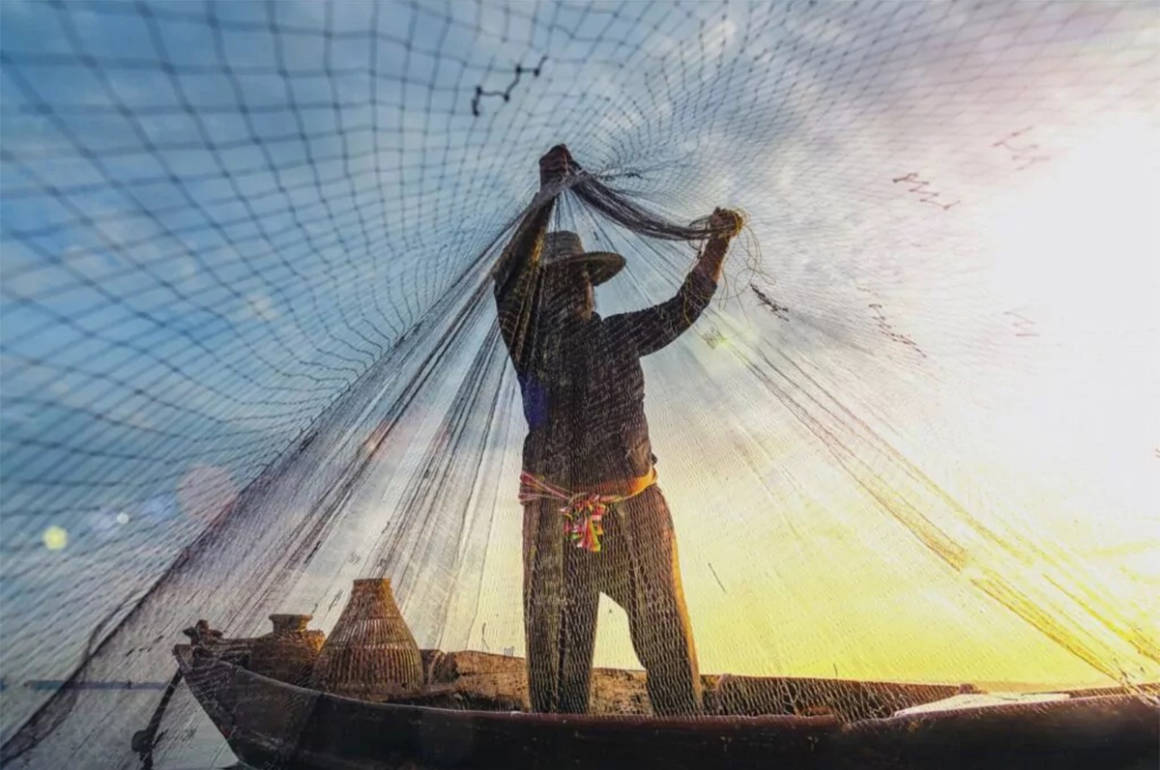












Recent Comments